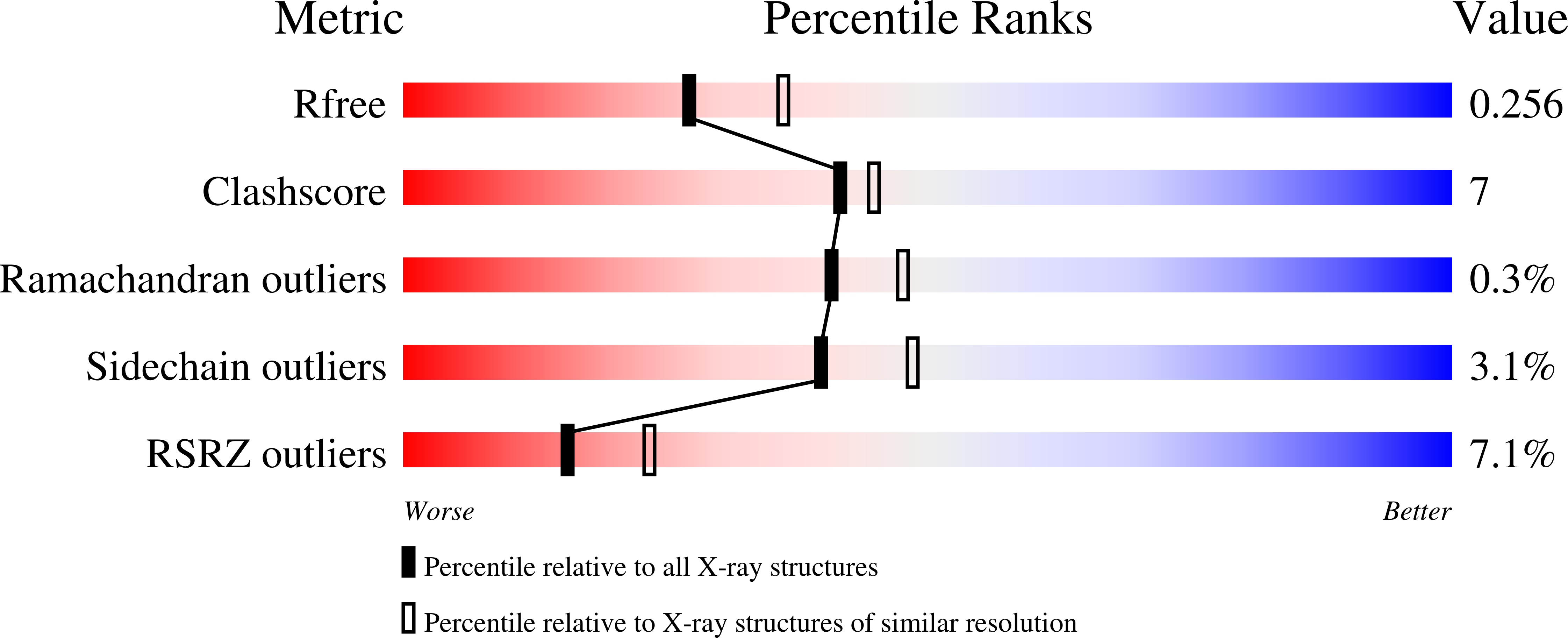
Deposition Date
2022-10-15
Release Date
2023-03-08
Last Version Date
2024-02-07
Entry Detail
PDB ID:
8BCC
Keywords:
Title:
Human Brr2 Helicase Region in complex with C-tail deleted Jab1 and compound 39
Biological Source:
Source Organism:
Homo sapiens (Taxon ID: 9606)
Host Organism:
Method Details:
Experimental Method:
Resolution:
2.35 Å
R-Value Free:
0.25
R-Value Work:
0.20
R-Value Observed:
0.21
Space Group:
P 21 21 21


